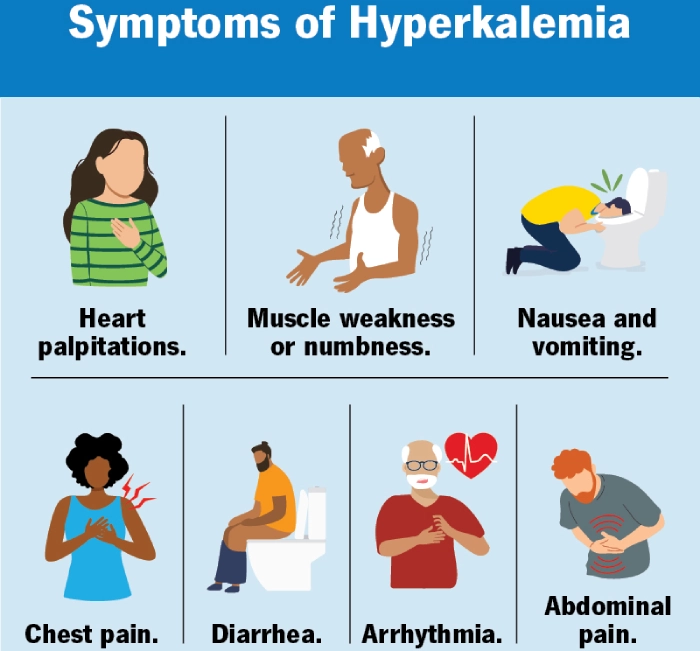New Study Reveals Potential of Morus alba L. in Blood Pressure Management
Numerous epidemiological studies have shown that consuming foods rich in polyphenols and flavonoids can have beneficial effects on various diseases, including arterial hypertension (HTN). Recent research has focused on the potential antihypertensive properties of certain flavonoids in animal models of HTN. A new study aimed to evaluate the effect of Morus alba L. (white mulberry) extracts in an experimental HTN model characterized by nitric oxide (NO) deficiency.
The study involved male Sprague-Dawley rats divided into four groups: a control group, hypertensive rats treated with an NO synthesis inhibitor (L-NAME) in drinking water for six weeks, L-NAME rats treated with Morus alba L. extract, and L-NAME rats treated simultaneously with captopril. After six weeks of treatment, researchers measured blood pressure, endothelial vascular function in the aorta, and platelet aggregation function.
Results showed that Morus alba L. extract partially prevented the development of arterial hypertension due to NO deficiency, although it did not completely normalize blood pressure as captopril did. The extract reduced the excessive vasoconstrictor response to phenylephrine in aortic rings and improved vasodilation in response to acetylcholine, with both effects dependent on increased NO production. Additionally, Morus alba L. extract reduced the increased platelet aggregation in response to ADP and collagen in hypertensive animals, although it did not fully normalize this function.
In conclusion, Morus alba L. extract demonstrated antihypertensive effects, improved vascular reactivity, and reduced platelet aggregation in a model of arterial hypertension. These effects are primarily related to an increase in nitric oxide activity.
Commentary by SuppBase columnist Alice Winters:

The recent study on Morus alba L. (white mulberry) extract’s potential in managing hypertension is a fascinating development in the realm of natural supplements for cardiovascular health. As we delve into this research, it’s crucial to dissect its implications, limitations, and potential impact on the supplement market.
First and foremost, the study’s focus on nitric oxide (NO) deficiency as a model for hypertension is particularly noteworthy. NO plays a pivotal role in vasodilation and blood pressure regulation, making it a key target for hypertension management. The fact that Morus alba L. extract demonstrated an ability to increase NO activity is promising, as it suggests a mechanism of action that aligns with our understanding of cardiovascular health.
However, it’s important to note that while the extract showed positive effects, it did not match the efficacy of captopril, a well-established antihypertensive medication. This underscores the need for realistic expectations when considering natural supplements as alternatives or complements to conventional treatments.
The study’s examination of vascular reactivity and platelet aggregation adds depth to our understanding of Morus alba L.’s potential benefits. Improved vasodilation and reduced platelet aggregation are significant factors in cardiovascular health, extending beyond mere blood pressure reduction. This multifaceted approach to cardiovascular wellness could be a strong selling point for Morus alba L. supplements.
From a market perspective, these findings could spark considerable interest in Morus alba L. extracts. The growing consumer preference for natural and plant-based solutions aligns well with the potential of this supplement. However, it’s crucial to temper enthusiasm with caution. As with any emerging supplement, questions of optimal dosage, long-term safety, and potential interactions with medications need to be thoroughly addressed before widespread recommendation.
The study’s use of an animal model, while valuable for initial research, also highlights the need for human clinical trials. Translating these results to human subjects will be crucial in establishing Morus alba L.’s efficacy and safety profile in real-world conditions.
For consumers and health practitioners alike, this research opens up exciting possibilities but also calls for critical evaluation. While Morus alba L. extract shows promise, it should not be viewed as a replacement for proven medical treatments or lifestyle modifications for hypertension management.
Looking ahead, this study paves the way for further research into Morus alba L. and similar plant-based compounds. Future studies should focus on isolating the specific active compounds responsible for these effects, optimizing extraction methods, and exploring potential synergies with other natural or pharmaceutical interventions.
In conclusion, while Morus alba L. extract shows promising potential in hypertension management, it’s essential to approach these findings with a balanced perspective. As the supplement industry continues to evolve, rigorous scientific scrutiny combined with consumer education will be key in harnessing the full potential of natural compounds like Morus alba L. in supporting cardiovascular health.



